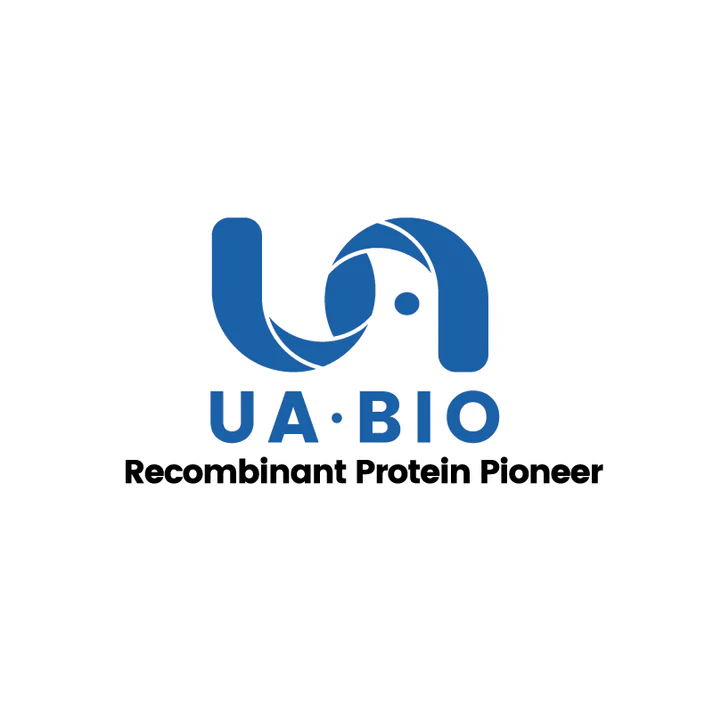1μg (R: reducing condition, N: non-reducing condition).
Product Details
Product Details
Product Specification
| Species | Human |
| Synonyms | Angiopoietin Like 3,Angiopoietin 5,UNQ153/PRO179,Angiopoietin-5,Angiopoietin-like protein 3,ANGPT5,ANG-5,Angiopoietin-Related Protein 3,Angiopoietin-Like 3,FHBL2,ANL3,ANGPTL3 |
| Accession | Q9Y5C1 |
| Amino Acid Sequence | Ser17-Pro220 with His Tag at C-Terminus |
| Expression System | HEK293 |
| Molecular Weight | 27-35kDa (Reducing) |
| Purity | >95% as determined by SDS-PAGE |
| Endotoxin | <0.1EU/μg |
| Conjugation | Unconjugated |
| Tag | His Tag |
| Physical Appearance | Lyophilized Powder |
| Storage Buffer | PBS, PH7.4,5% trehalose |
| Reconstitution | Reconstitute at 0.1-1 mg/ml according to the size in ultrapure water after rapid centrifugation. |
| Stability & Storage | · 12 months from date of receipt, lyophilized powder stored at -20 to -80℃. |
| Reference | 1. Nathan O. Stitziel, Amit V. Khera, Xiao Wang, Andrew J. Bierhals, A. Christina Vourakis, Alexandra E. Sperry, Pradeep Natarajan, Derek Klarin, Connor A. Emdin, Seyedeh M. Zekavat, Akihiro Nomura, Jeanette Erdmann: ANGPTL3 Deficiency and Protection Against Coronary Artery Disease. J Am Coll Cardiol. 2017 Apr, 69 (16) 2054–2063. |
Background
Angiopoietin-like protein 3 (ANGPTL3) is a multifunctional secreted factor predominantly expressed in the liver and subject to various post-translational modifications, including cleavage and glycosylation. It comprises a signal peptide, an N-terminal coiled-coil domain, and a C-terminal fibrinogen-like domain. While the N-terminal domain regulates lipid metabolism, the C-terminal domain is implicated in angiogenesis. ANGPTL3 is crucial for biological processes such as lipid homeostasis, blood vessel formation, and hematopoietic functions. It is also associated with pathological conditions like atherosclerosis, cancer, nephrotic syndrome, diabetes, and liver diseases, making it a potential biomarker. ANGPTL3 signaling pathways, involving LXR, thyroid hormone, insulin, and leptin, contribute to both physiological and pathological processes. Targeting ANGPTL3 with biological inhibitors, chemical drugs, or traditional Chinese medicine shows therapeutic promise. Thus, understanding ANGPTL3's effects and mechanisms is vital for developing diagnostic and therapeutic strategies for related diseases.
Picture
Picture
SDS-PAGE
ELISA
Immobilized Angiopoietin-like 3/ANGPTL3(17-220) His Tag Protein, Human (Cat. No. UA011190) at 2.0μg/mL (100μL/well) can bind ANGPTL3 Recombinant Rabbit mAb (SDT-425-59) (Cat. No. S0B3204) with EC50 of 1.64-2.25ng/mL.


